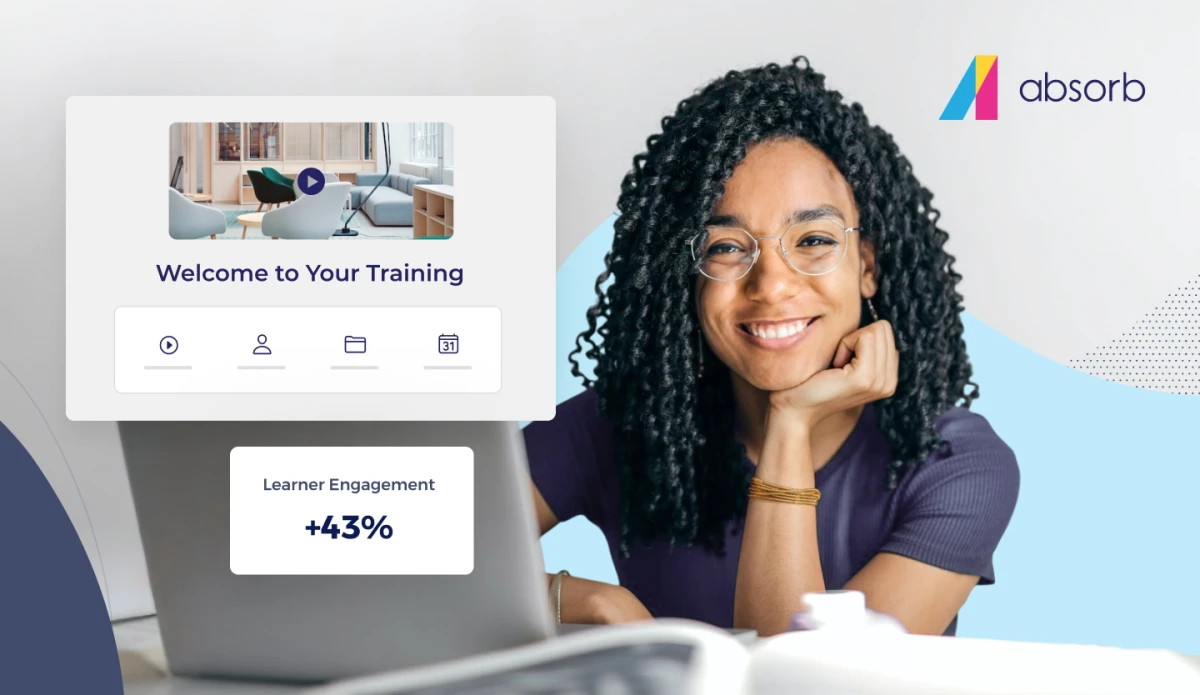Skills transfer gap occurs when people can't apply the skills they learned during training or practice to real life situations. It's all too common in the professional world, but the challenge can be mitigated with the proper learning development strategy.
Since so many job responsibilities are shifting because of the COVID-19 pandemic, bridging the divide between learning skills and applying those skills on the job is more important than ever. To meet urgent and transforming business needs, your learners can't afford to miss a beat from learning to doing.
Cognitive psychologists and learning theorists have cracked the code for this kind of transfer of learning. It comes down to two critical characteristics: the relevance of the context in which learning occurs, and the time between learning and on-the-job application.
See how leveraging these characteristics in your learning development strategy can bridge the skills transfer gap and empower your learners during times of rapid change.
Ensure contextual relevance of learning
The mental task of making a "transfer" of knowledge and skills from training to on-the-job use can be a lot like relearning. The work context may feel so different from training that employees have to find their footing all over again.
To help employees understand exactly how they should apply what they learn, it's useful for them to learn it in context. Trainees should be using the same systems and forms they'll see on the job, and they should practice using scenarios based on real on-the-job situations and interactions.
Although it's fun to include ridiculous scenarios, learning transfer is improved when hands-on activities have realistic foundations and true-to-real-life elements. Providing job aids to guide application can also smooth the learning transition, especially if the job aids are used in the training program's application activities.
Shorten the time between training & application
The old adage "use it or lose it" holds true in workplace training. You want to minimize the time between learning and application. Many training programs feature application activities to consolidate knowledge and provide opportunities for coaching. This is a great start—however, learning and development pros need to notice that on-the-job application is another moment of transfer of learning.
Don't give people time to forget what they've learned. Position them to begin applying knowledge on the job as soon as possible.
Consider learning in the flow of work
The need for context and immediate application has given credence to the power of learning in the flow of work. Rather than relocate employees to a classroom or require them to login to various different online platforms to train, create a learning development strategy that delivers timely training whenever possible. Keep modules short and guide learners to immediately apply their learning to the task at hand. For example, Absorb Infuse enables you to seamlessly integrate training into your native systems and applications your learners are already using—embedding training directly into work flow.
The strategy to apply learning as much as possible in the realm of day-to-day activities has been recommended for decades, and technology is now giving learning leaders and designers more capability to structure L&D opportunities with this in mind.
Train your learners in their world with Absorb LMS. Sign up today for a live demo.





